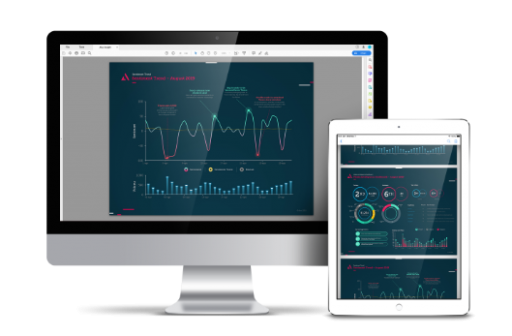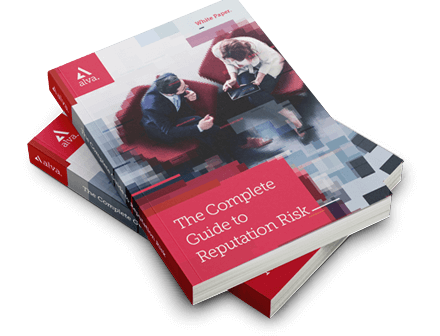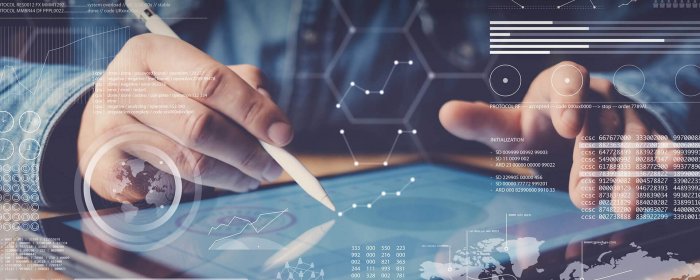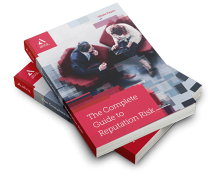The differences between risk management and crisis management
Risk management & Crisis management: What are the differences? Risk affects every business, from the knock-on effects of currency fluctuations to the catastrophic impact of worldwide data breaches. As it can’t be avoided, it must be strategically managed.
For corporate communications and corporate affairs professionals, the mark of success is consistent, effective risk analysis and response. But for many corporate comms teams, fire-fighting is the norm, defaulting to crisis management mode rather than getting ahead of the game with an effective risk management plan.
A need to know basis
With access to better intelligence, and the ability to effectively analyze it; an understanding of stakeholder perspectives; and being alert to the early warning signs of negative reporting, comms teams can take a leadership role in risk management and step back from a crisis management mindset.
The ability to see around the corners can be gained from ‘insight-driven foresight’, enabling you to spot smoldering risks before they become towering infernos. Business intelligence can give you a deep understanding of your key audiences; and from that base, you can use analysis services to examine what’s being discussed by your stakeholders, and the subtle shifts in their attitudes to inflammatory issues such as unsustainable palm oil, doing business with Saudi Arabia, single-use plastics – or any number of topics.
Connected intelligence highlights the pathways through which negative stories are amplified. When these shifts edge your organization closer to the blaze, this intelligence can bring early warning signals to the surface, allowing the corporate affairs team to form an action plan to prevent risk tipping over into crisis.
Wrong time, wrong place
Some risks are the cost of doing business in certain sectors. An extractive firm, working in poverty stricken areas of South America, will face a series of risk issues, including balancing negative stories written by commentators guaranteed to be antagonistic against the potential profits to be made in the region. But when issues that have previously lain dormant spread into the channels your dominant stakeholders operate in, the alarm needs to start ringing.
The ebb and flow of such risks is typified in the challenges of doing business in particular countries. Organizations balance the financial rewards of operating in Saudi Arabia, for example, against the background risk of reputational harm in dealing with a country with a poor human rights record. Deputy crown prince Mohammed bin Salman’s efforts to push through reform may improve perceptions of the country and lessen the risks inherent of doing business there, but reports of executions of Shi’a activists and systemic discrimination against women intensify the spotlight on it and increase the risks for companies invested in the region.
As the news cycle turns, so the measurement of the risk-reward needs to be refreshed to ensure that the value to be obtained by a risky activity is not outweighed or offset by the reputational cost – and resultant financial loss. Communications teams, armed with real-time intelligence services, can take a leading role in focusing the lens on the outside-in view of stakeholder perceptions on different risks for the executive.
In the face of an unpredictable global environment, connected, real-time intelligence helps communications professionals – and by extension businesses – move from crisis response to proactive strategies. Not everything is controllable, and effective crisis management will always be needed, but it’s better to spot the sparks and stamp them out than leave them to potentially ignite.
Be part of the
Stakeholder Intelligence community











